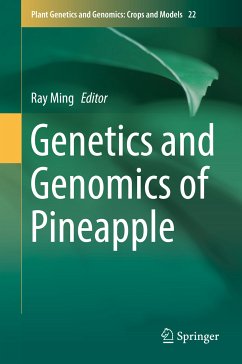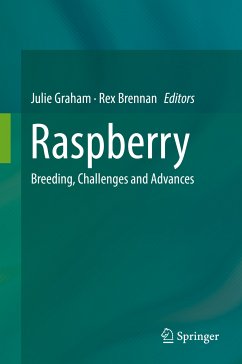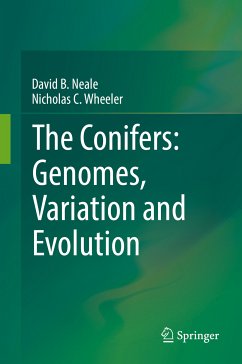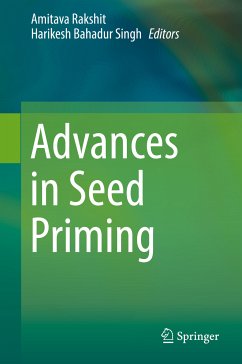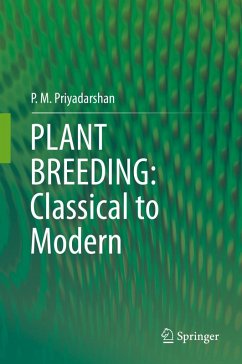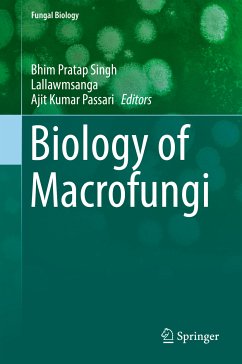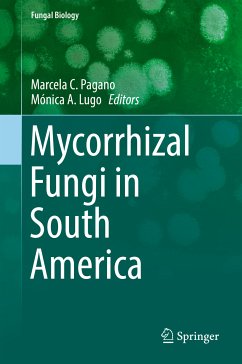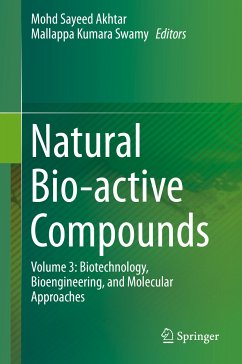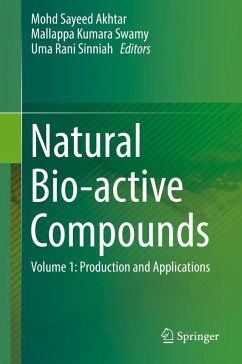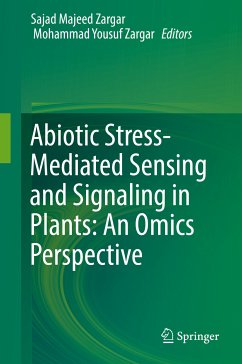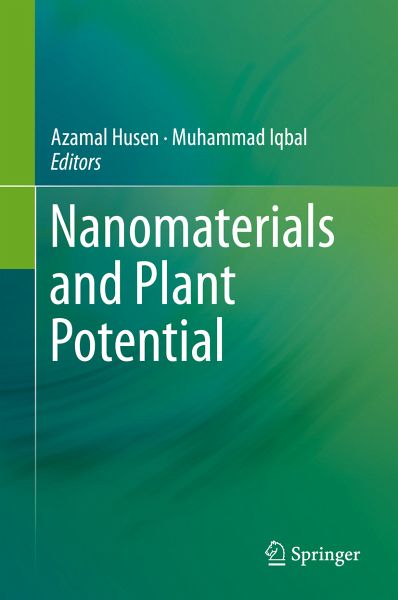
eBook, PDF
Nanomaterials and Plant Potential (eBook, PDF)

PAYBACK Punkte
36 °P sammeln!





Offers the first comprehensive book on plant potential in nanoscience
Synthesizes recent developments in nanoparticle fabrication and application in cutting-edge areas
Dieser Download kann aus rechtlichen Gründen nur mit Rechnungsadresse in A, B, BG, CY, CZ, D, DK, EW, E, FIN, F, GR, HR, H, IRL, I, LT, L, LR, M, NL, PL, P, R, S, SLO, SK ausgeliefert werden.
Dr. Azamal Husen, Full Professor of Biology at University of Gondar, Gondar, Ethiopia, has served there as Coordinator of MSc (biology) program and Head of the Department of Biology, and has a more than 20 year experience of teaching and research (in India and Ethiopia). He specializes in (i) molecular/biochemical/physiological strategies adopted by plant species for their sustenance under abiotic stress; (ii) nanomaterials and their applications in cutting-edge areas (iii) plant response to nanomaterials at molecular/biochemical/physiological levels; and (iv) clonal propagation of plants and its modulation by external factors. He has conducted research projects sponsored by the Indian Council of Forest Research Education (ICFRE); the World Bank; the Indian Council of Agriculture Research (ICAR) and the Japan Bank for International Cooperation (JBIC), at Forest Research Institute, Dehra Dun (India), and the Research & Community Service Core Process at University of Gondar, Ethiopia.He has produced more than 50 research papers, 20 review articles, 10 book chapters, 10 conference papers, and over a dozen of manuals and monographs. A member of five scientific organisations, Husen received four fellowships from India and a recognition award from University of Gondar, Ethiopia, for excellent teaching, research and community service. An active organizer of seminars/conferences and an efficient evaluator of various international research projects and book proposals as he is, Husen has been on the Editorial board and the panel of reviewers of several reputed international journals. He is also the Editor-in-Chief of American Journal of Plant Physiology. Dr. Muhammad Iqbal, Professor of Botany, has served Jamia Hamdard (Deemed University), New Delhi (India) as Head of the Department of Botany, Dean of the Faculty of Science, Controller of admissions, and the Vice Chancellor. Earlier, he worked at Aligarh Muslim University, Aligarh (India) and King Saud University, Riyadh (Saudi Arabia). Specializing in Developmental, Environmental and Medicinal Botany, he has produced about 400 publications, including 265 research papers in journals, 70 book chapters, 8 books, 52 popular articles, and several technical reports and book reviews, besides over 200 abstracts of conference presentations. He has guided research of 36 PhD, 4 MPhil and 6 Post-doctoral students. Under the International Scientists Exchange Program of the Indian National Science Academy, he was a Visiting Professor in universities of Poland and South Korea. He chaired technical sessions of conferences and delivered invited talks in educational institutions not only in India but also in Austria, Azerbaijan, Bangladesh, Hong Kong, Japan, Jordan, Malaysia, Oman, Poland, Russia, Saudi Arabia, South Korea, Thailand and Turkey. A life member of 20 scientific organisations as he is, Iqbal has been on the editorial boards of 18 well-known research journals, on the executive of many scientific bodies, and on various panels of experts drawn by the Science & Technology Councils/Ministries of India, Croatia and Hungary. He was the Vice President of Indian Botanical Society (2003-04) and International Society of Environmental Botanists (2013-18), and the President of Academy of Environmental Biology (2006-09). He received 12 awards and 8 fellowships from Indian as well as foreign institutions. His personal profile has appeared in several biographical directories published from India, UK and USA.
Produktdetails
- Verlag: Springer International Publishing
- Seitenzahl: 605
- Erscheinungstermin: 1. März 2019
- Englisch
- ISBN-13: 9783030055691
- Artikelnr.: 55387482
Für dieses Produkt wurde noch keine Bewertung abgegeben. Wir würden uns sehr freuen, wenn du die erste Bewertung schreibst!
Eine Bewertung schreiben
Eine Bewertung schreiben
Andere Kunden interessierten sich für


